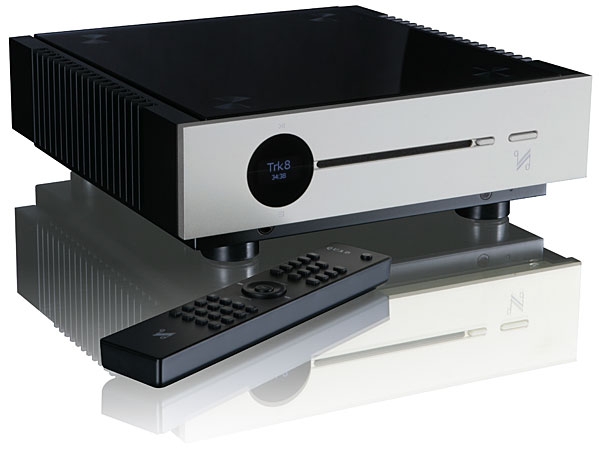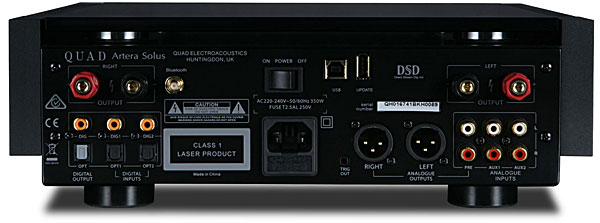| Columns Retired Columns & Blogs |
HR said Artera Solus' CD player sounded superior ........ May be HR could compare that CD sound with the Denon DCD-1600NE CD/SACD player ($1,200) and/or compare with the new Mark Levinson No.5101 CD/SACD player/DAC ($5,500)? :-) .........










































